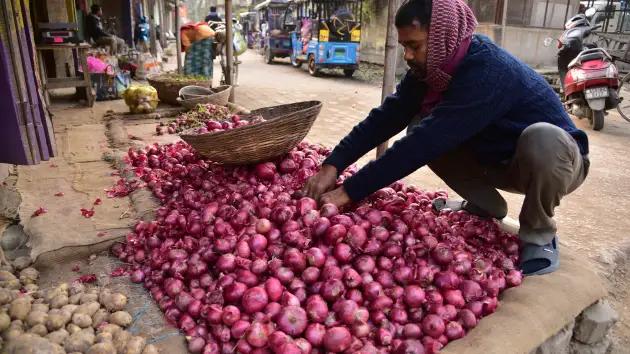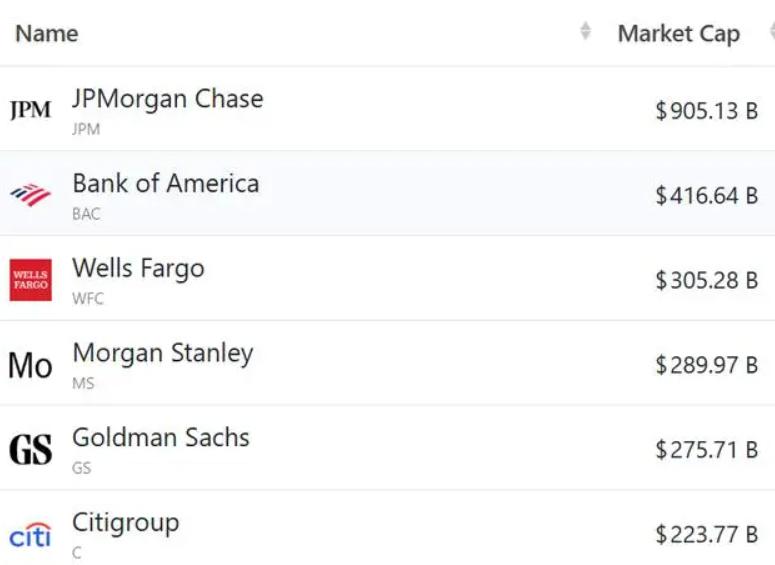
In most parts of India, curry without onions is considered blasphemous. Therefore, even a slight change in the price of this bulbous vegetable will soon become a topic of discussion on the dining tables of hundreds of millions of people nationwide. The Lasargang Agricultural Products Market Committee, the largest wholesale onion market in India, stated that the price of raw onions has increased by 165% in the past year. The prices of other vegetables have also increased, such as tomatoes, which are now almost twice as expensive as the same period last year.
Firstly, adverse weather is the main cause of this disaster. Last year's drought and previously reported sustained high temperatures disrupted the supply of staple foods such as grains and vegetables. The temperature in most parts of the country is 4 to 9 degrees Celsius higher than the average temperature of the same period in previous years. High temperatures cause a large number of freshly harvested and stored vegetables to rot, posing a threat to the cultivation of a new batch of crops. Food prices rose by 8.7% in both April and May, accounting for nearly half of the overall consumer price. The significant increase in food prices has led to an overall inflation rate higher than the central bank's target of 4%, thereby preventing the central bank from lowering interest rates.
Secondly, official data shows that inflation based on the sensitive price index has risen for the fourth consecutive week, mainly due to the surge in vegetable prices. As of now, the year-on-year inflation rate based on SPI has sharply increased by 23.78%. Although gasoline prices have declined, it is expected that the impact on basic commodities will be offset by the rise in prices of perishable vegetables such as tomatoes, onions, and potatoes. Imposing higher sales taxes and tariffs on imported fresh vegetables and fruits may further exacerbate food inflation in the short term.
In addition, so far this year, the Indian government has purchased nearly 71000 tons of onions as buffer stock, while the government had originally planned to purchase 500000 tons of onions to stabilize prices. The government predicts that with the arrival of the monsoon in most parts of the country, retail prices will fall. According to consumer data, the average retail price of onions in India is 38.67 rupees per kilogram, while the average price is 40 rupees per kilogram. Although onion production is expected to decrease by about 20%, the pace of onion procurement this year to stabilize prices is roughly the same as last year. The government is expected to achieve the target of purchasing 500000 tons of onions to stabilize prices. The government will exercise the option of retaining or releasing buffer stocks to maintain stable onion prices.
In the past two weeks, onion prices have increased by 30-50% due to a slowdown in arrival volume and an increase in demand before Eid al Adha. Traders are starting to hoard goods, and farmers hope that the central government can relax intervention measures to control prices. Recently, the average wholesale price of onions at the Nasik market was 26 rupees per kilogram, compared to 17 rupees on May 25th. The price of high-quality onions, which account for a relatively small proportion of total transaction volume, has exceeded 30 rupees per kilogram in many wholesale markets in the state. The reason for the recent price increase is the mismatch between supply and demand. The onions that have entered the market since June come from the inventory of farmers and traders. Farmers are selling inventory at a slow pace, and they expect prices to strengthen due to the expected decrease in crop yields in Rabbi from 2023 to 24.
Overall, the inflation rate rose in May, marking the first increase since January and ending a three-month period of deflation. Although the inflation rate has increased, it is still only slightly above the government's intermediate target of 5%, and the increase in rainfall in the past six months has helped to lower food prices. The rise in onion prices in private trade has slowed down the pace of government onion procurement actions aimed at establishing strategic reserves under price stability funds. If onion prices continue to rise, it will be difficult for the government to obtain onions as a buffer stock.

Driven by the Trump administration's push to relax financial regulations and the recovery of investment banking business, the market value of the six major banks in the United States has cumulatively increased by approximately 600 billion US dollars by 2025.
Driven by the Trump administration's push to relax financia…
On Christmas evening, U.S. President Trump posted on social…
According to multiple foreign media reports, the recent fin…
The middle class, once regarded as the cornerstone of Ameri…
On December 19th local time, the US military launched a lar…
The Boxing Day sunshine should have cast a false glow of pr…